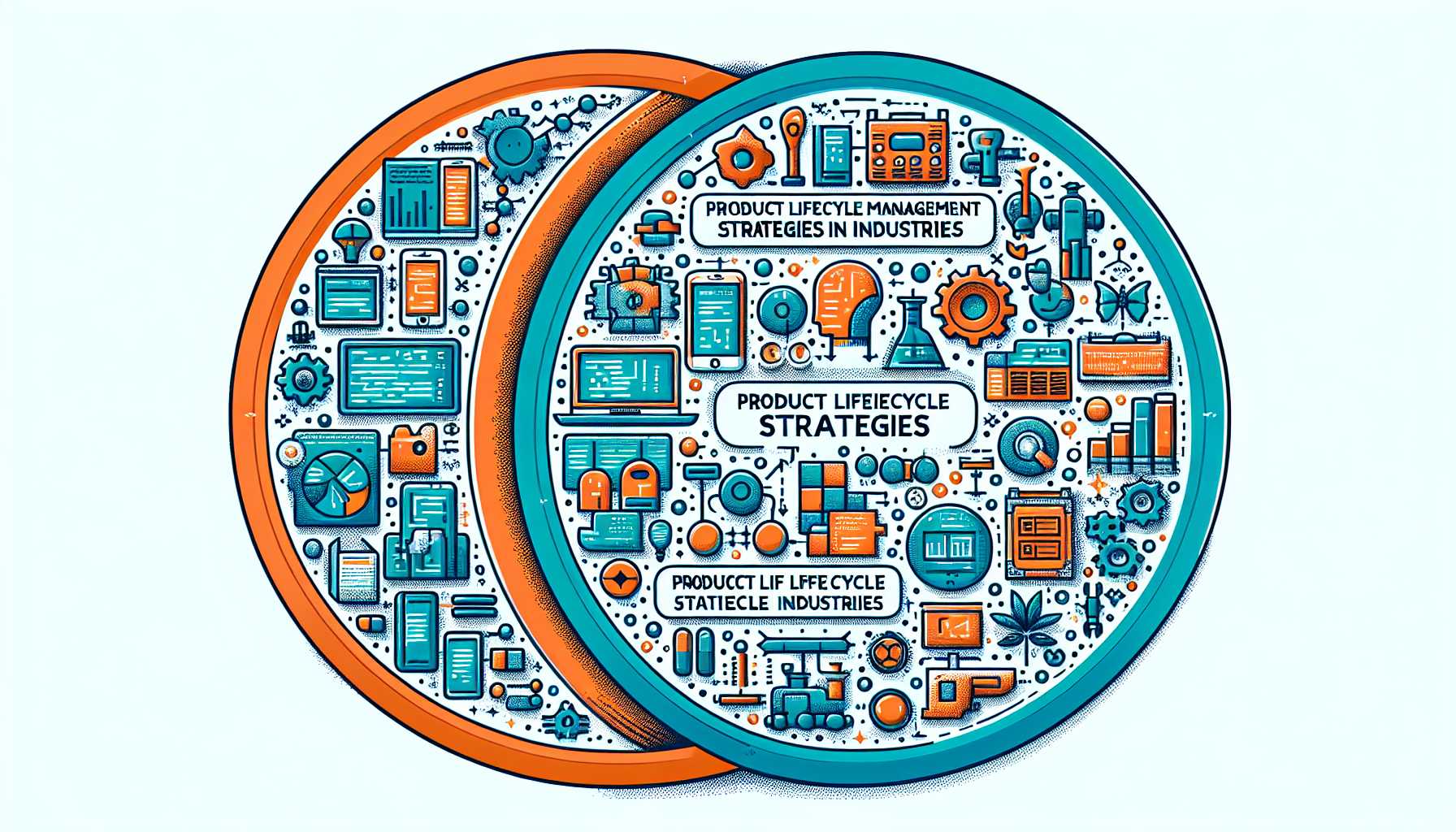Product Lifecycle Management (PLM) in Tech vs. Stable Industries: Adapting Strategies to Industry Dynamics
Product lifecycle management (PLM) in the evolving arena of technology is akin to sailing in uncharted waters, where adaptability is key, whereas in more stable industries, PLM resembles a well-documented voyage. As a product leader who has navigated both terrains, let me share insights that demystify PLM strategies across these contrasting dynamics.
The Tech Industry’s Lifecycle: A Sprint and a Marathon
In the tech sector, product lifecycles tend to be shorter due to the rapid pace of innovation. Your product may be groundbreaking today and obsolete tomorrow if you don’t keep iterating. Gauging market dynamics frequently, being nimble, and embracing change define tech PLM strategies.
Stable Industries: The Long Haul
Contrastingly, in more stable industries, PLM might involve gradual refinement of well-established products. Market shifts occur but with less intensity, allowing for a more methodical and steady management pace.
Key Differences in PLM Strategies
Having steered products in both the high-tech and the more enduring sectors, I’ve noted essential differences in PLM strategies:
- Speed of Innovation: Tech products often need to innovate at breakneck speeds. I recall a scenario where we had to revamp our product line completely within months to keep up with new industry standards.
- Market Readiness: Understanding of market readiness is critical. In tech, you might be creating the market, whereas in stable sectors, it’s more about finding your niche within a known domain.
- Customer Education: Cutting-edge tech products might require substantial customer education and ecosystem development – a task less pronounced in mature markets.
- Risk Management: Risk assessment varies vastly. In tech, you’re often taking big bets on new technology, while in stable industries, the risks are more about supply chain optimizations and incremental innovations.
- Product Lifespan: Planned obsolescence is a tech industry strategy to make way for new models. In more traditional industries, longevity might be the selling proposition.
Adaptation Stories: Tech PLM versus Traditional PLM
Personal experiences speak volumes about PLM’s adaptability:
In a software company, our nimbleness was tested when a competitor released a disruptive technology; we had to pivot, re-utilize resources and accelerate our roadmap to stay relevant. This agility is less common in stable industries, where a premium is placed on predictability and consistency over speed.
But it’s not all about fast-paced changes. When working with a home appliances manufacturer, I saw the merit in understanding long product lifecycles. We focused on iterative improvements and careful market analysis, avoiding the pitfalls of over-innovation.
Leveraging Different PLM Tools and Frameworks
PLM tools and frameworks have to be carefully chosen based on industry velocity:
- Agile and Lean methodologies: These have been my best allies in tech PLM, fostering rapid development cycles, customer feedback loops, and the ability to pivot quickly.
- Stage-Gate process: In more traditional sectors, the Stage-Gate process provided a disciplined approach to PLM, ensuring that each product met stringent criteria before proceeding to the next development stage.
- Technological Investment: Tech companies might focus on building adaptable PLM systems to incorporate AI, machine learning, and data analytics. In stable sectors, the investment might lean towards improving manufacturing processes and scalability.
Conclusion: Embracing Industry Nuances in PLM
While the principles of good PLM practice remain consistent—understanding the customer, delivering value, and ensuring quality—the application of these principles can differ markedly between fast-moving tech firms and stable, established players. It’s about finding the right balance between velocity and vision, innovation and endurance.
For product leaders operating at either end of the industry spectrum, the challenge is to tailor PLM strategies that fit the unique tempo and temperament of their markets. Remember, success in PLM doesn’t just come from following the rules—it comes from knowing when and how to write your own.

